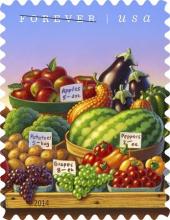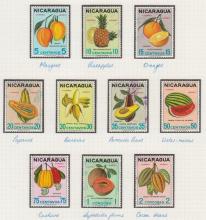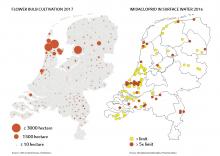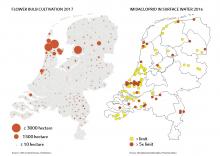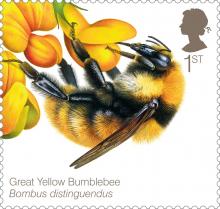Chemical madness that haunts the world
- Lees meer over Chemical madness that haunts the world
- Login om te reageren
All of humanity currently risks exposure to toxic chemicals all over creation in a similar vein to the Mad Hatter of Alice in Wonderland fame. And, maybe, as a result, goin’ kinda looney and getting horribly, dreadfully sick! As soon as the Spring of 2018, the EPA will decide whether to risk the slaughter of birds and bees and pollinators that serve critical functions in crop production, as well as goosing-up the likelihood of chronic illnesses of citizens. The issue behind this flirtation with disease, sickness, pain, and death is regulation, or lack thereof, of chemical pesticides.



